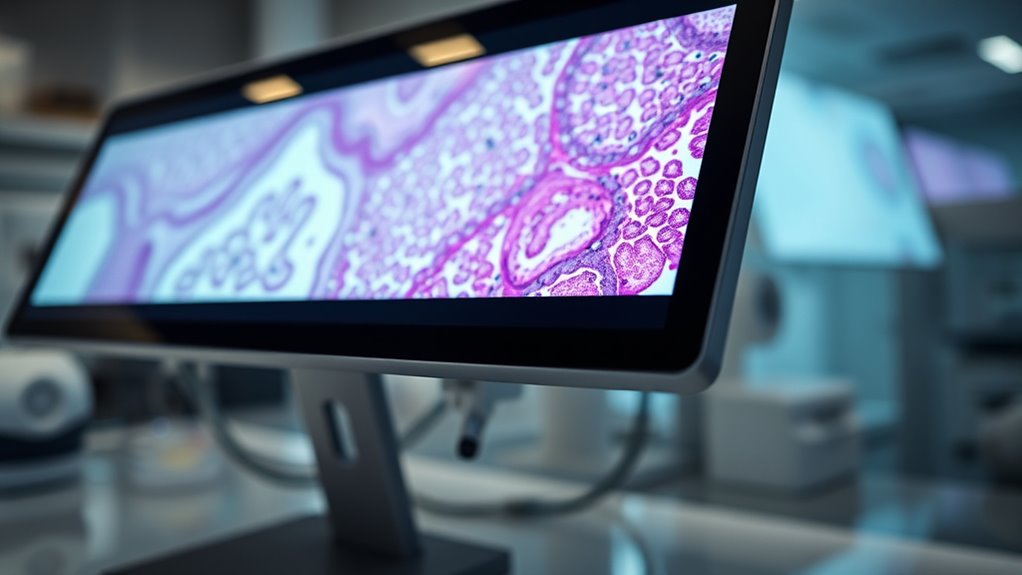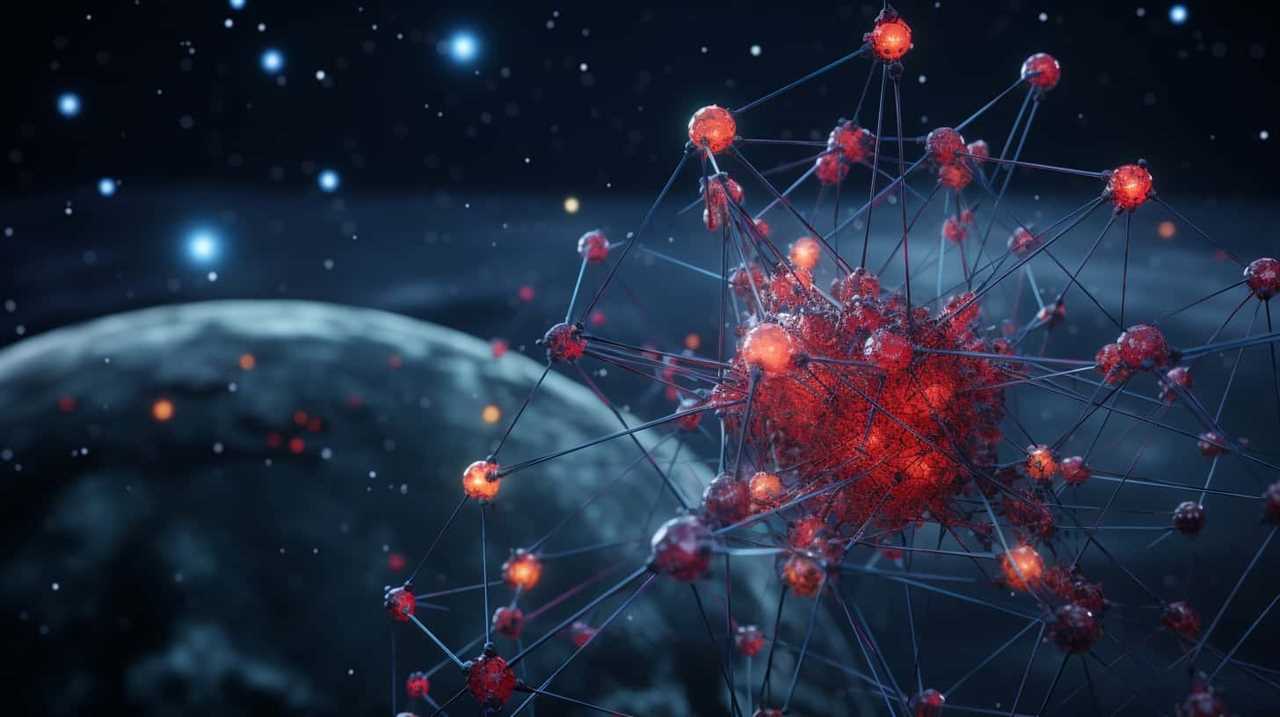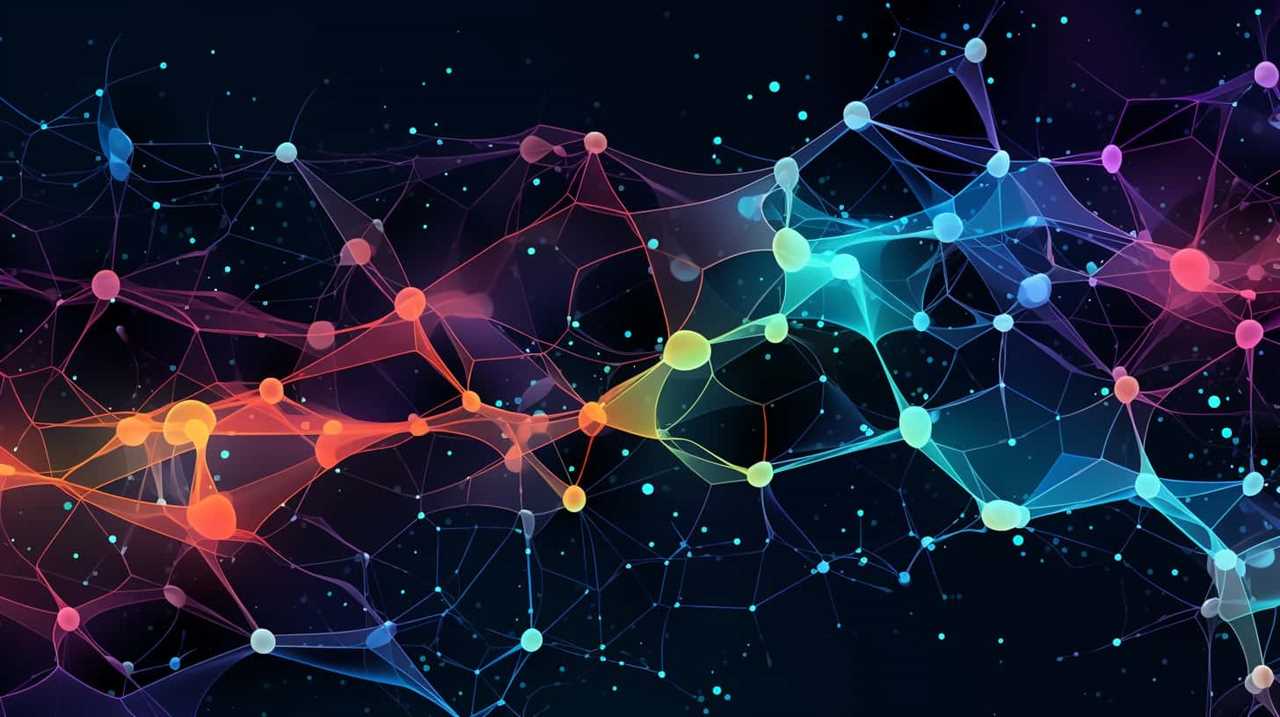AI in pathology transforms how you analyze digital slides by speeding up diagnoses with machine learning that detects subtle patterns and provides more accurate results. It offers quantifiable biomarkers, reducing variability and ensuring consistent evaluations across cases. AI also opens doors for discovering new diagnostic markers and supporting research efforts. Plus, it enhances training and knowledge sharing for professionals. If you keep exploring, you’ll discover how these innovations are shaping the future of pathology.
Key Takeaways
- AI enables rapid, accurate analysis of digital pathology slides, improving diagnostic speed and confidence.
- Digital biomarkers extracted by AI provide objective, quantifiable data for diagnosis and treatment planning.
- Machine learning reduces variability, ensuring consistent and reproducible interpretations across cases.
- AI-driven analysis accelerates biomarker discovery, aiding research and development of new therapies.
- Integration of AI with digital slides enhances pathology education and knowledge sharing among professionals.

Artificial intelligence is transforming pathology by enabling faster and more accurate diagnoses. As a pathologist, you now have access to advanced tools powered by machine learning that analyze digital slides with remarkable precision. These AI-driven systems can quickly scan vast amounts of imaging data, identifying subtle patterns that might escape the human eye. This capability accelerates the diagnostic process, allowing you to deliver results more efficiently and with greater confidence. Machine learning algorithms learn from countless examples, continuously improving their accuracy over time, which means you can rely on these tools to support your clinical decisions.
AI enhances pathology with faster, more precise diagnoses through machine learning analysis of digital slides.
One of the most vital advantages of AI in pathology is its ability to leverage digital biomarkers. These are quantifiable indicators extracted from digital images of tissue samples, providing objective data that can inform diagnoses, prognoses, and treatment plans. Instead of relying solely on visual inspection, you can use AI to quantify features such as cell morphology, tissue architecture, and molecular marker expression with high consistency. Digital biomarkers enable you to detect early signs of disease, track disease progression, and assess treatment response more precisely. By integrating these biomarkers into your workflow, you can gain deeper insights into patient conditions, leading to more personalized care.
AI-powered analysis of digital slides also reduces variability and enhances reproducibility. Human interpretation can sometimes be inconsistent due to fatigue, experience level, or subjective judgment. Machine learning models, trained on diverse datasets, provide standardized assessments that minimize these discrepancies. This consistency is especially essential when evaluating complex or borderline cases, where subtle differences can influence diagnoses markedly. As a result, you can trust that the AI’s insights complement your expertise, helping you make well-informed decisions faster.
Moreover, these technologies open new avenues for research and biomarker discovery. By analyzing large datasets of digital slides, AI can uncover novel features and patterns associated with specific diseases. This capability accelerates the development of new diagnostic tools and targeted therapies, ultimately benefiting patient outcomes. As you incorporate AI into your pathology practice, you become part of a broader movement that’s reshaping how diseases are understood and managed.
An emerging benefit is the potential for these systems to be integrated with educational tools, enhancing training and knowledge sharing among pathology professionals.
Frequently Asked Questions
How Does AI Handle Rare or Unusual Pathological Cases?
AI handles rare or unusual pathological cases by leveraging advanced algorithms trained on diverse datasets, which improves rare case recognition and unusual pathology detection. You benefit from AI’s ability to identify subtle patterns that might be missed by humans, especially in uncommon scenarios. Although challenging, ongoing enhancements in AI models help them adapt and improve accuracy, making it a valuable tool for diagnosing rare conditions more effectively.
What Are the Limitations of Digital Slide Analysis?
Digital slide analysis is like charting a vast, intricate maze where pitfalls await at every turn. You might struggle with slide quality issues, where poor staining or focus blurs details, and software compatibility problems that hinder seamless analysis. These limitations mean you can’t always rely on automated insights. To overcome this, guarantee high-quality slides and compatible software, so your path through digital pathology remains clear and accurate.
How Secure Is Patient Data in AI Pathology Systems?
You can trust that patient data in AI pathology systems is generally secure thanks to data encryption and strict access controls. Encryption protects information during transmission and storage, while access controls ensure only authorized personnel can view sensitive data. However, it’s essential to stay vigilant, as vulnerabilities can still exist if security measures aren’t properly maintained or updated regularly. Always advocate for robust security protocols to safeguard patient privacy.
Can AI Replace Pathologists Entirely?
AI can’t fully replace pathologists because AI bias and ethical concerns remain significant hurdles. While AI enhances diagnostic accuracy and speed, it lacks the nuanced judgment and ethical considerations of human experts. You shouldn’t worry about losing your pathologist; instead, see AI as a valuable tool that supports their decisions. Embracing this partnership guarantees better patient outcomes without risking ethical lapses or biased interpretations.
What Training Is Required for Pathologists to Use AI Tools?
You need to undergo training in machine learning and image recognition to effectively use AI tools in pathology. This involves learning how AI algorithms analyze digital slides, interpret results, and integrate findings into your workflow. Hands-on experience with AI software, understanding its limitations, and staying updated on new developments are essential. This training enhances your ability to leverage AI for more accurate diagnoses while ensuring quality patient care.
Conclusion
As you explore the world of digital slides and automated analysis, you’re stepping into a future where AI paints a vivid picture of precision and speed. Imagine a pathologist’s gaze sharpened by algorithms, dissecting complex tissues with the flick of a digital brush. This fusion of technology and medicine transforms the lab into a vibrant canvas of discovery, promising brighter diagnoses and better patient care. Embrace this revolution, where every pixel tells a story of hope.








